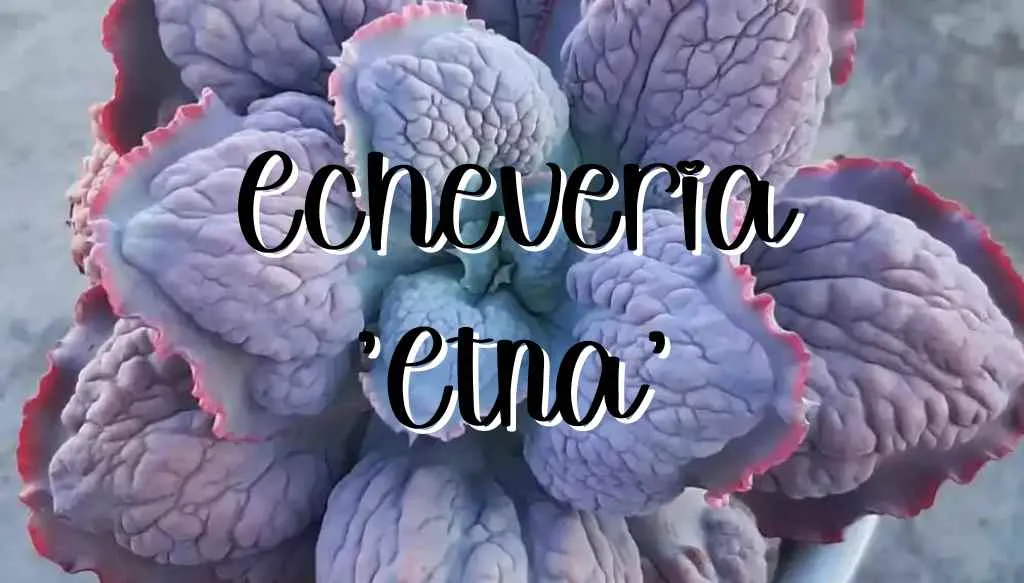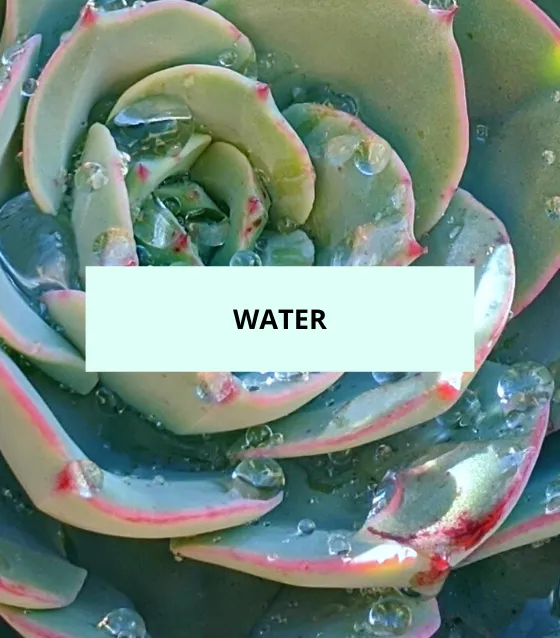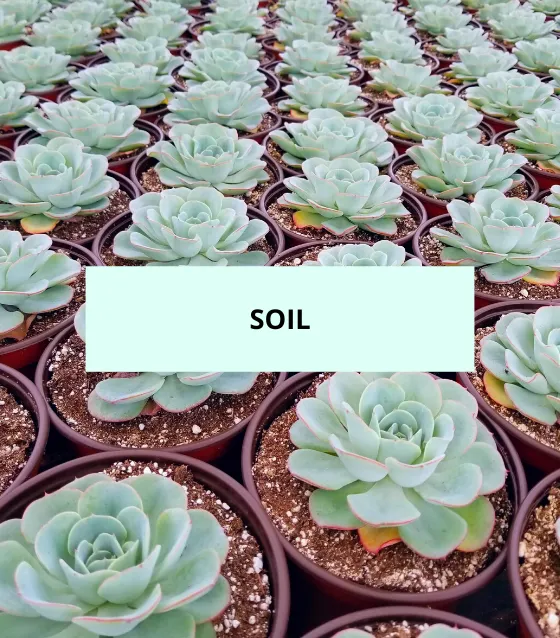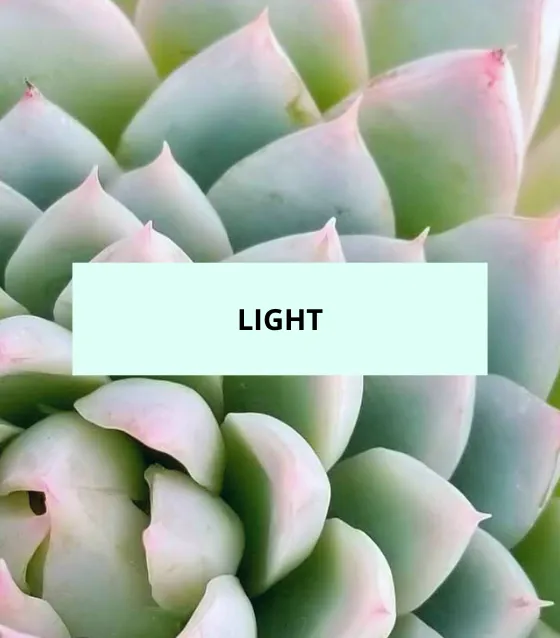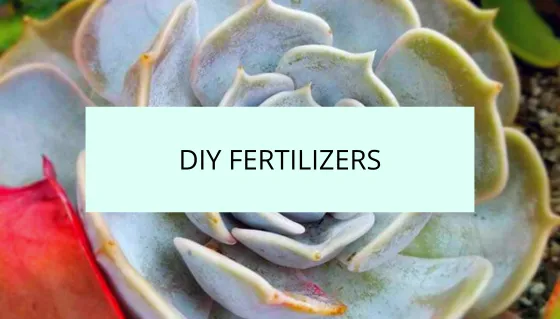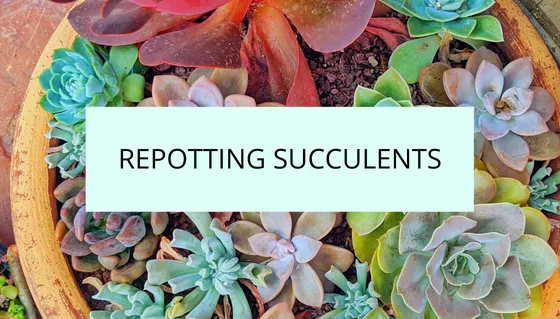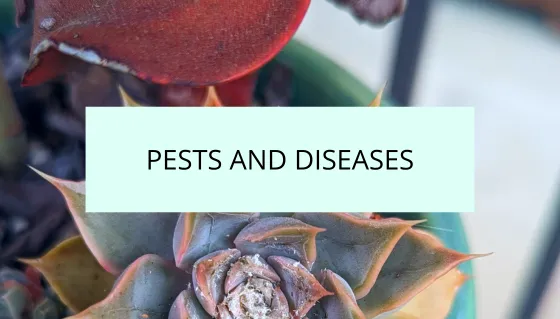Echeveria Etna is a stunning succulent that belongs to the Crassulaceae family. If you’re already a succulent lover, you’ll be delighted to add this unique plant to your collection. In this quick guide, we’ll explore the key characteristics of Echeveria Etna, including its appearance, growth habits, flower color, toxicity, and propagation methods.
Dig in!
Appearance and Growth
Echeveria Etna is a hybrid succulent with frosty blue and violet leaves adorned with warts. The rosettes of Echeveria Etna can grow up to 12 inches in diameter, making it an eye-catching addition to any succulent arrangement or garden.
Flower Color and Blooming
When Echeveria Etna blooms, it produces bell-shaped flowers in shades of orange and red. The exact timing of the bloom will depend on various factors such as the growing conditions and climate. Generally, Echeveria Etna tends to bloom during the warmer months, particularly in spring and summer.
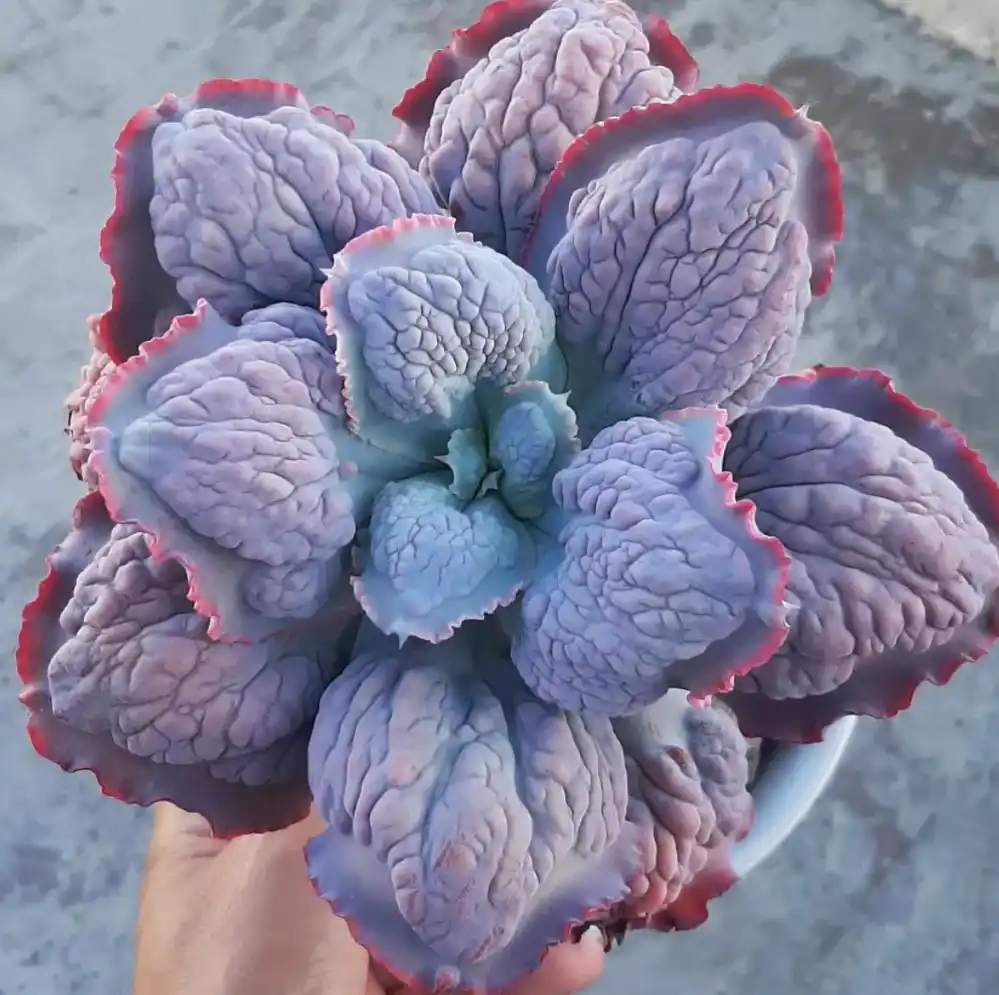
Toxicity
It’s important to consider the toxicity of plants, especially if you have pets or small children. Fortunately, Echeveria Etna is non-toxic to cats, dogs, and people. This means you can enjoy the beauty of this succulent without worrying about any harmful effects on your loved ones.
When you’re rooting or transplanting your succulents and cacti, use SUPERthrive to help reduce the chance of transplant shock and grow a strong root system.
Propagation Methods
If you’re interested in expanding your succulent collection or sharing Echeveria Etna with friends, there are a few propagation methods you can try:
Offsets
Echeveria Etna produces offsets, also known as “pups,” from its main stem. These offsets can be separated and propagated as individual plants. Wait until the offsets are at least two centimeters in diameter before separating them from the parent plant.
Leaf Cuttings
Another way to propagate Echeveria Etna is through leaf cuttings. Gently pluck a leaf from the stem, making sure not to damage it. Allow the leaf to callous over for a few days, then place it on top of a propagation medium with the u-shaped end facing downward. Keep the leaf in indirect light or use a grow light. Roots should sprout in two to four weeks, followed by new tiny leaves.
Fix the pest problem on your succulents and cacti with these popular insecticides.
Remember to be patient and provide the right conditions for successful propagation.

